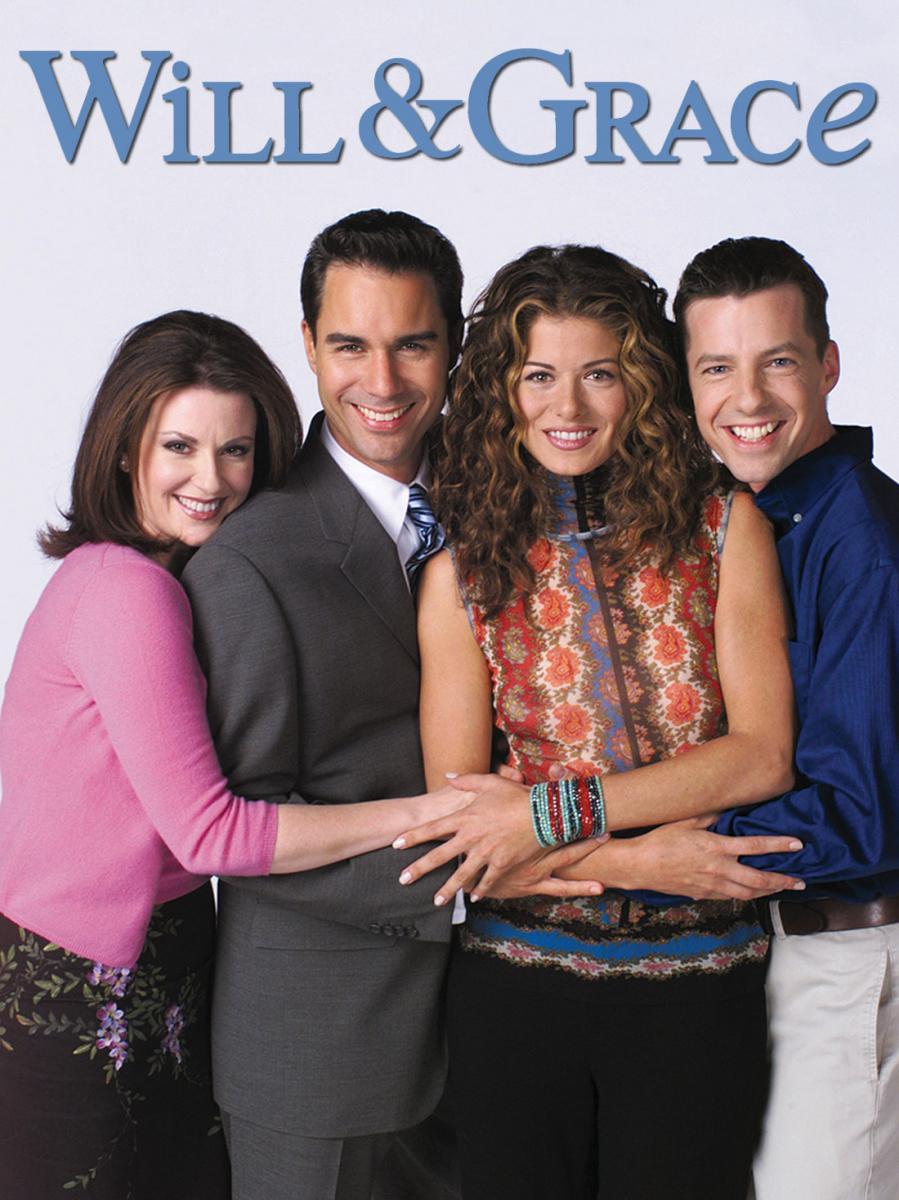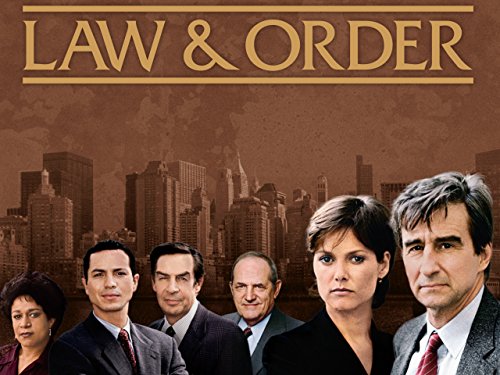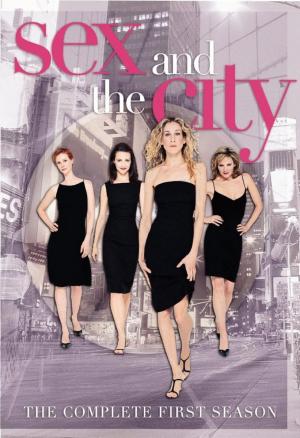Television sitcoms have the power to leave an indelible mark on popular culture, and among the unforgettable gems, “The Nanny” stands out as a delightful concoction of humor, heart, and undeniable charisma. Airing from 1993 to 1999, this beloved series, created by Fran Drescher and Peter Marc Jacobson, not only catapulted Fran Drescher to stardom but also became a cultural phenomenon. In this extensive exploration, we embark on a journey through the ups and downs of the Sheffield household, celebrating the comedic brilliance, unforgettable characters, and enduring legacy of “The Nanny.”
Section 1: Genesis of “The Nanny”
1.1 Fran Drescher’s Vision
“The Nanny” emerged from the creative vision of Fran Drescher, who co-created the show with her then-husband Peter Marc Jacobson. Inspired by Drescher’s own experiences, the series introduced viewers to Fran Fine, a vibrant and outspoken woman from Queens who finds herself as the nanny to the wealthy Sheffield family.
1.2 Premiering on CBS
Debuting on November 3, 1993, on CBS, “The Nanny” quickly captured the hearts of audiences with its unique blend of humor, romance, and the magnetic presence of Fran Drescher in the titular role. The show’s premise of a nanny from the outer boroughs infiltrating the refined world of the Sheffield family set the stage for six seasons of comedic brilliance.
Section 2: Characters and Cast
2.1 Fran Fine (Fran Drescher)
At the center of the chaos was Fran Fine, portrayed with effervescent charm by Fran Drescher. A fashion-forward, no-nonsense nanny with a distinctive voice and a heart of gold, Fran Fine became an iconic character, earning Drescher accolades and affection from fans worldwide.
2.2 Maxwell Sheffield (Charles Shaughnessy)
Charles Shaughnessy brought sophistication and charm to the role of Maxwell Sheffield, a widowed Broadway producer and the father of three. The dynamic between Maxwell and Fran formed the backbone of the show, creating a delightful tension that fueled both laughter and romance.
2.3 The Sheffield Children
The Sheffield household was completed by the three Sheffield children: Maggie (Nicholle Tom), Brighton (Benjamin Salisbury), and Grace (Madeline Zima). The interactions between Fran and the children, each with their distinct personalities, added familial warmth and comedic moments.
2.4 Niles and C.C. Babcock
The supporting cast included Daniel Davis as the witty butler Niles and Lauren Lane as C.C. Babcock, Maxwell’s business associate. Niles’ quick wit and C.C.’s relentless pursuit of Maxwell’s affection provided additional layers of humor and intrigue to the series.
Section 3: The Humorous Dynamics
3.1 Fish Out of Water Comedy
One of the driving forces of “The Nanny” was the classic fish-out-of-water scenario. Fran Fine, with her Queens accent and unconventional approach to childcare, navigated the opulent world of the Sheffield family, resulting in a continuous stream of comedic situations.
3.2 Romantic Tensions
The romantic tension between Fran Fine and Maxwell Sheffield was a central theme throughout the series. The “will they, won’t they” dynamic kept viewers invested, and the eventual romantic resolution became a defining moment in the show’s narrative.
Section 4: Impact on Fashion and Pop Culture
4.1 Fran Fine’s Fashion
“The Nanny” became a fashion spectacle, largely due to Fran Fine’s eclectic and bold wardrobe. From leopard prints to sequins, Fran Fine’s fashion choices influenced trends and solidified her status as a style icon of the ’90s.
4.2 Catchphrases and Cultural References
The show left an imprint on pop culture with its memorable catchphrases, including Fran Fine’s trademark “Oh, Mr. Sheffield!” and Niles’ sarcastic quips. Additionally, the series often referenced popular culture, incorporating humor that resonated with a broad audience.
Section 5: Notable Episodes
5.1 “The Pilot”
The pilot episode, introducing Fran Fine as the unexpected nanny, set the tone for the entire series. The clash of cultures and Fran’s unapologetic presence immediately established “The Nanny” as a sitcom with a distinct comedic voice.
5.2 Series Finale: “The Finale: Part 2”
The series finale, titled “The Finale: Part 2,” aired on May 12, 1999, bidding farewell to the Sheffield family and the beloved characters. The emotional send-off marked the end of an era, leaving fans with a mix of laughter and nostalgia.
Section 6: Legacy and Enduring Appeal
6.1 A Timeless Comedy
“The Nanny” left a lasting legacy as a timeless comedy that continues to resonate with audiences. Its ability to blend humor, heart, and social commentary contributed to its enduring appeal, making it a favorite for nostalgic viewing and introducing it to new generations.
6.2 Fran Drescher’s Impact
Beyond the character of Fran Fine, Fran Drescher’s impact extended beyond the screen. Her portrayal of a confident, unconventional woman broke stereotypes and inspired a generation of viewers to embrace their authenticity.
Conclusion: Laughter in Perpetuity
“The Nanny” (1993-1999) remains a testament to the comedic brilliance of Fran Drescher, the talented cast, and the creative minds behind the series. As fans revisit the eccentric charm of Fran Fine and the endearing dynamics of the Sheffield household, “The Nanny” stands as a timeless reminder that laughter knows no bounds. With its infectious humor and heartwarming moments, this sitcom continues to be a cherished part of television history, leaving an everlasting imprint on the hearts of those who experienced its whirlwind of laughter.









